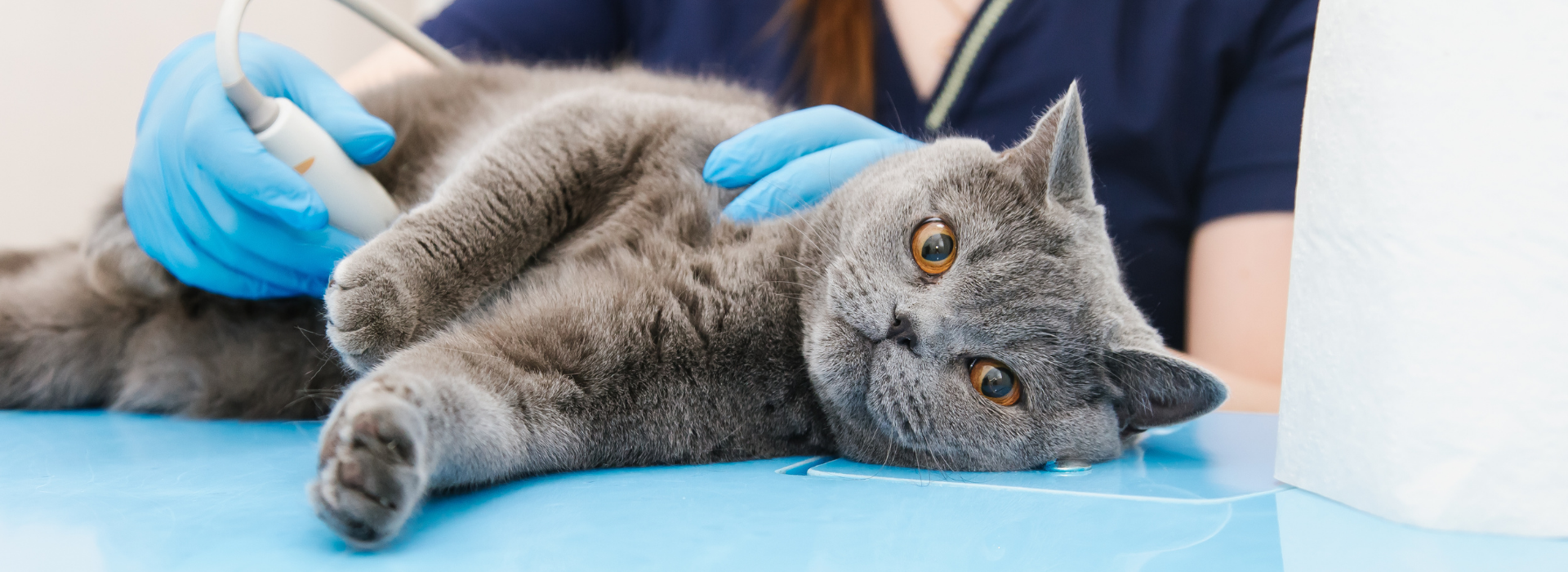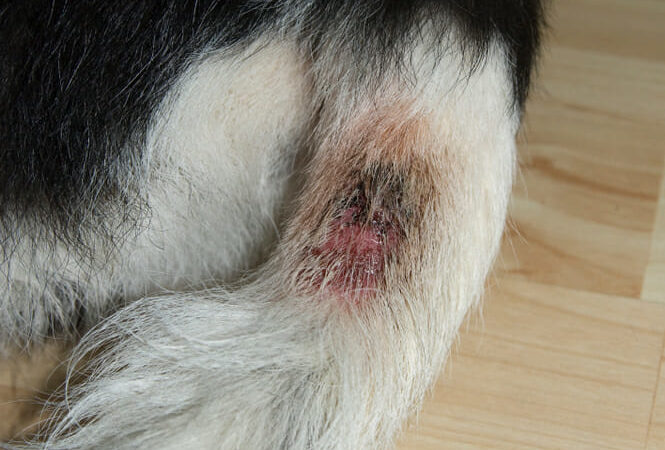At Southampton Pet Hospital, our veterinary team has access to leading imaging services. Our digital x-ray equipment ensures your cat has minimal exposure to radiation while providing our veterinarians with clear images to evaluate your cat’s condition. Not only are we able to see broken bones but we can also see masses, foreign bodies, abnormal gas patterns or fluid-filled areas, as well as bladder stones. We use dental radiology to make sure there is no tooth resorption or broken root tips. Our ultrasound machine is a valuable tool when looking at organ tissues.
What is the difference between a cat x-ray and a cat ultrasound?
X-rays (aka radiographs) and ultrasound use different technologies for different types of images. Radiographs use radioactive beams to pass through tissues and are detected by a sensor. The resultant image is a two-dimensional picture that is similar to a silhouette. An ultrasound uses sound waves bouncing off organs to create a real-time image that provides greater detail of tissue within organs. Choosing between an x-ray or ultrasound is determined by what we are trying to see – highly dense objects or determining the position of an organ are easier with a radiograph while looking for a mass within an organ or fluid in the abdomen is a job best suited for the ultrasound.
Does the clinic also do feline dental x-rays?
Absolutely! We offer dental x-rays with our dental examinations. It is vital to determine the health of tooth roots or assess infection in jaw bones.
How much does a cat x-ray cost?
Every clinic’s prices vary, and some clinics do not have the ability to perform x-rays. Please contact the Southampton Pet Hospital for more information. Radiology appointments are based on the tools used (ultrasound, x-ray, special dyes) and how many radiographs are taken. We will be happy to discuss costs based on your dog’s individual case.




